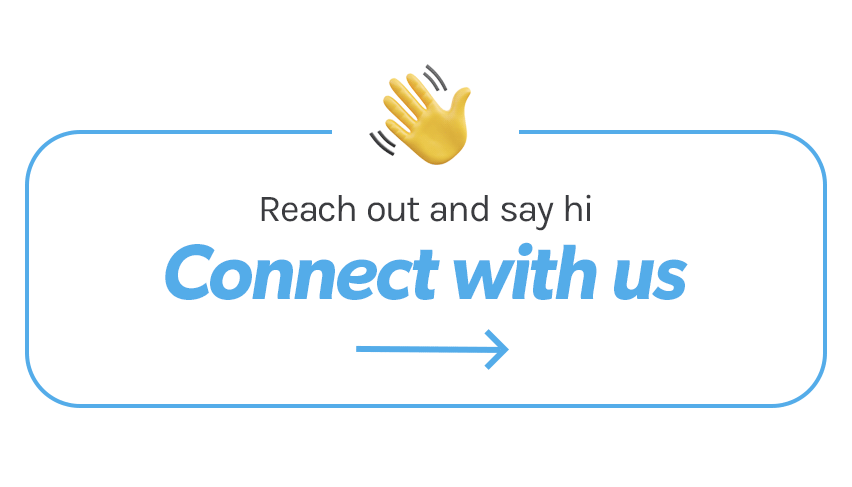Effective internal communications is the lifeblood of an organisation. It’s core purpose is to identify and share company purpose and values, so that everyone is working together towards the same goals. Without effective internal communications you are likely to have a disengaged workforce, which can result in increased employee turnover, poor customer service levels, low motivation, and costly mistakes to your business.
Listen to this episode of our Revitalise & Grow podcast on how to manage change in your organisation for more tips on internal communications and change management. Or check out this episode on the art of internal communications for a deep dive into exactly what we mean when we say internal communications.
Whilst there is no one size fits all approach when it comes to planning an internal communications strategy, the best piece of advice we can give is to take the time to plan and lay the foundations. Only then can you know what the right course of action should be.
You may like to download our free internal communications planner here and read on for some tried-and-tested tips to get you started.
Developing an effective internal communications plan
Define your purpose (if you haven’t already)
Purpose is the ‘why’ behind your brand and the real reason why your company exists. We all want to feel fulfilled both in life and at work. In order to achieve that at work we need to know that it carries meaning and purpose.
People find meaning when they can see a clear connection between what they highly value and what they spend their time doing. There is a famous fable about purpose that talks about three bricklayers. Someone asks what the bricklayers are doing. The first responds to say that he is laying bricks, the second says he is building a wall, the third says he is building a great cathedral. The third is the most fulfilled and engaged with his work because he can see the vision about how his daily task is contributing to something much bigger.
If you don’t have a purpose within your organisation, here is a good place to start:
- Involve your team – ask your team to communicate what they think the purpose of the company is. If your team contribute to this process, they will feel part of the process and will champion it.
- Ask yourself or your team – what is the passion behind your goals? Why does your company exist? What are you great at?
- Don’t over think or over complicate things. Create a short, simple statement with an authentic message that will be easy for everyone in the organisation to remember.
Audit – find out where you are now
It is critical to understand what your starting point is and to deal with facts rather than assumptions. Never assume that your work force are engaged.
A good indicator would be to conduct a staff survey. You can do this in a number of ways, but the most important thing to remember is that your staff may not feel comfortable discussing the issues or challenges they are facing with your culture. To get the best results use a third party provider to conduct a completely anonymous survey.
Once you have the results from your team survey you should easily be able to see where you need to make improvements. These areas will help you to create your SMART objectives.
For example – your survey has shown that 60% of your staff don’t feel that they’re being listened to. This is clearly an area that you’ll want to resolve so an objective might be to have 80% of your staff feel they’re being listened to in six months’ time. Only once you have the objective can you work out the tactics to resolve the problem. You will easily be able to measure the success of your activity from the scores you get when you repeat your team survey.
Segment your internal audiences and define messages
You should never take a ‘one size fits all approach’. Whether your organisation is big or small, the chances are that not every bit of information you convey to your employees will be of interest to everyone. If you take this approach, you run the risk of people feeling bombarded with things that aren’t important to them and they may switch off from all your comms because they don’t see the value to them and their role.
It’s up to you how you choose to segment your audience. It’s possible that some clear themes may come through from the research you’ve conducted. Examples could be to split your audience by location, department or job role.
Once you have identified your audiences, the next task is to break down your objectives into relevant messages for each of those audiences. Start with the audiences that are the highest priority.
Remember that your messages should be relevant and appropriate to the audience. You might want to speak to some audience groups in much more forthright language than you would use for others but keep a continuity across the messages. It is important that all of your audiences understand what kind of organisation you are, so your messaging needs to always link back to your key organisational objectives and values.
Choose your channels and the type of content that will work
Make sure that you use your employee survey to find out how your team want to be communicated with and be prepared for this to vary across the business. You may not be able to please everyone, but when you know what people want you can at least make informed decisions.
As we are all acutely aware right now, the modern workplace is changing. Lots of people aren’t office based, so you need to create a sense of community virtually rather than physically. If you’ve done your audit successfully you should know the tools and tech that your team prefer to use and how they want to be communicated with. From there you should pick a number of tools to work with.
Don’t try to use too many different tools and methods. It may not be possible to communicate with every single person within your organisation in the way they want, but you should be able to take averages from your survey. It is always better to choose two to three options and execute them really well than to try and do everything and not do any of them particularly well.
Measure engagement and repeat
Never think your job is done! People change, comms methods change and businesses change. Everything is fluid and you need to ensure you are embarking on a continuous journey of improvement with your team.
It’s key to remember that once you begin an internal comms plan you will need to be committed to it. Starting something and not seeing it through will more than likely cause more issues than not doing anything at all.
Remember that nothing stands still for long. People and their needs are continually changing, which is why it’s critical to keep repeating your staff survey and adapting your plan accordingly.
Internal communications is all about outcomes and not activity. If your activity doesn’t inspire change, you are wasting your time.
If you are interested in finding out more about internal communications then check out these useful resources:
FREE internal communications planner
Episode 4 from Season 1 of our podcast – The art of internal comms
Episode 7 from Season 2 of our podcast – How to manage change
Episode 6 from Season 6 of our podcast – Desk bombing – yay or nay?
If you would like some further advice or support in implementing your internal communications strategy, connect with us:






